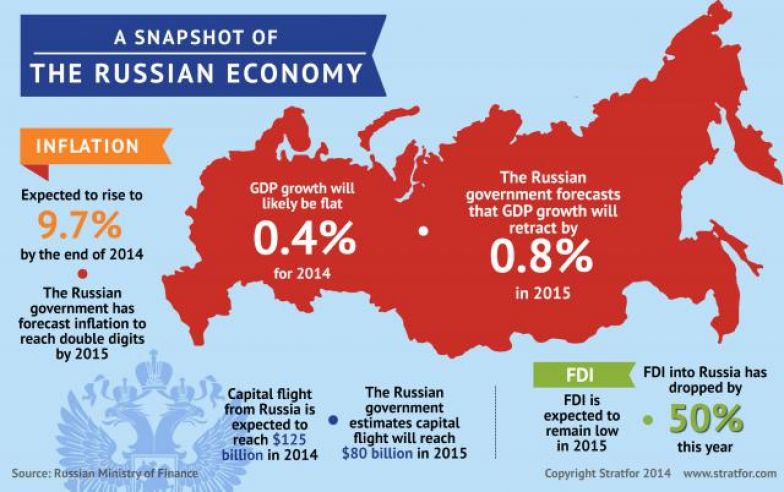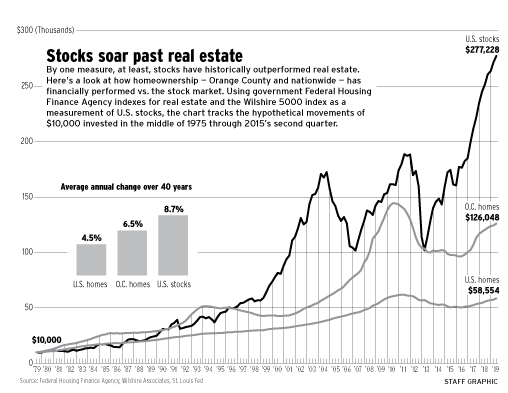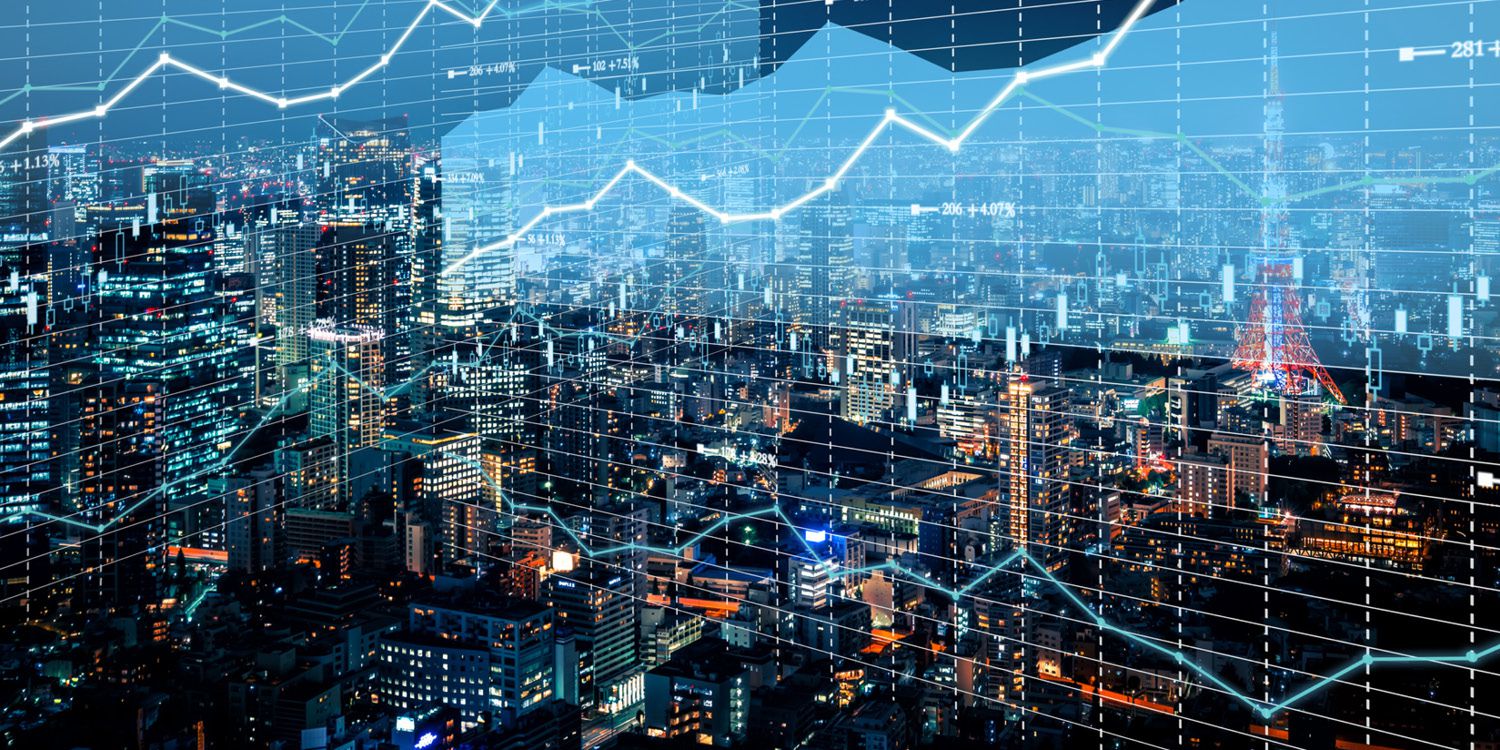Russia’s record economic performance has critical implications for the Russian leadership, as well as for US policymakers. The track record of Russia’s economic performance indicates that the Russian leadership faces a major challenge in transforming Russia into a modern industrialized economy. In in-depth studies of the Russian economy in the 1990s, Vincent Palmeda and Bill Lewis concluded that the productive potential of key sectors and the Russian economy was limited by the absence of an incentive system. estimates before 2001, they came to the conclusion that with market changes in economic institutions, the Russian economy could count on maintaining GDP growth rates at the level of 8% per year. In response to the invasion, an unprecedented attack was launched on the Russian economy, almost certainly causing a deep recession in the country.
As Russia enters the 21st century, inflation remains a constant problem for the Russian economy, although to a much lesser extent than at the beginning of the transition period. In terms of GDP, the Russian economy is much smaller than the EU economy, but politically and militarily, Russia is a major player in world affairs. In terms of GDP, Russia is only 12% larger than Belgium plus the Netherlands. However, all these countries spent a much smaller percentage of their GDP on the military than Russia.
In the Middle East alone, much smaller countries spend most of their economies on military spending, although IMF data shows Ukraine is not far behind the Eurasian powers, spending 4.1 percent of GDP. According to data compiled by the Stockholm International Peace Research Institute, Russia spends 4.3 percent of its gross domestic product on the military, which helps it maintain a military force of nearly one million and the world’s fourth-largest military industry. In order to have any military power, Russia must retain a larger share of its gross domestic product than all these countries.
Before you answer, ask, first a few more figures illustrating how easy economic Russia is. This paints a radically different picture of the size of the Russian economy, showing that Russia’s GDP is $4.5 trillion, just slightly less than Germany’s $4.7 trillion.
Adding these factors together, Russia’s GDP is expected to contract by 9%, roughly in line with projections in the European Union. As a result of Russian GDP and a lower exchange rate, Russia’s current dollar GDP, which peaked at $2.3 trillion in 2013, should now decline from $1.64 trillion in 2019 to around $1.3 trillion in 2020. subject to 9 percent growth. falling GDP and an average exchange rate of 75 rubles to the US dollar.
The economy is expected to contract by 7% of GDP by 2022, according to JPMorgan data compiled by The Economist, while Bloomberg Economics expects it to contract by about 9%. While the outlook remains highly uncertain, Capital Economics’ baseline forecast sees Russia’s GDP contracting by 5% in 2022, compared with previous forecasts of 2.5% growth this summer and annual inflation of 15%. In addition, oil prices are likely to be around $25/bbl in 2020, instead of $64/bbl in 2019, the central bank of Russia estimates that such low oil prices will shrink Russia’s GDP by 4%.
Analysts at the consulting firm Oxford Economics said that pressure on Moscow’s financial markets would cause significant damage to the Russian economy, up to 6% compared to the pre-crisis forecast in a “plausible downside scenario”. Economists say the UK’s Western sanctions are having a major impact on Moscow’s financial markets and will do more damage to the Russian economy as a whole over time. Analyst firm Oxford Economics estimates that the Russian economy could contract by 7% due to Western allies.
The lack of economic diversification puts Russia at a disadvantage when demand for Russian energy falls, leading to a shrinking Russian economy. Should such import bans be introduced in the near future, the Russian economy could see further sharp deterioration as the government loses not only most of its foreign exchange reserves but also its main source of export income. earnings. A green transition could create serious problems for the Russian economy if Russia does not take preventive decarbonization steps.
Russia’s short-term or more sustainable economic growth offers Vladimir Putin and his political team “a window of opportunity to address the structural problems of the Russian economy by completing a process of reforms that help ensure long-term growth.” Russia’s long-term economic outlook will depend on increasing potential growth by promoting economic diversification, creating a level playing field for the private sector, improving the governance of SOEs to make existing SOEs more efficient and competitive, and better integrating into the world of value chains. The Russian military is important for foreign policy, but not for the economy as a whole, said Christopher Miller of Yale University.
The International Monetary Fund estimates in 2014 that the share of Russian states in the Russian economy is 70 percent, although more recent estimates suggest between one-third and one-half, depending on how state-invested firms are accounted for. Economically, the EU is 12 times larger than Russia; great potential power. China is economically 8 times larger than Russia; Germany is 2.5 times larger, France is 1.8 times larger and the European Union as a whole is 12 times larger than Russia.
Helpful Links:
Homepage
About
Contact
Personal Development Partner





